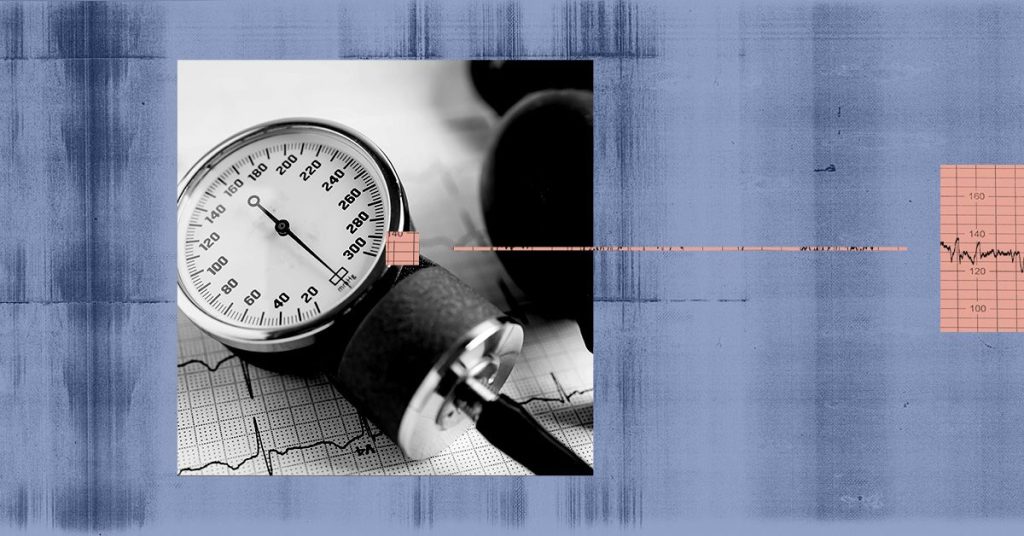Researchers from Johns Hopkins Medicine have found that certain arm positions commonly used to take blood pressure readings may lead to inaccurately higher readings, potentially resulting in a misdiagnosis of hypertension. This is concerning as accurate blood pressure measurement is crucial for the diagnosis and treatment of hypertension, which plays a key role in preventing cardiovascular disease. Abnormally high or low blood pressure can indicate underlying health issues and may lead to complications such as heart disease, stroke, organ problems, and dementia. To address this issue, Tammy M. Brady, MD, PhD, and her team conducted a study published in JAMA Internal Medicine, which investigated the impact of arm position on blood pressure measurement accuracy.
For the study, 133 adult participants were randomly assigned to have their blood pressure measured with their arm supported on a desk, supported on their lap, or unsupported, hanging at their side. The researchers found that systolic blood pressure readings were overestimated by 4 mmHg for participants with their arms on their laps and almost 7 mmHg for those with unsupported arms. This discrepancy was attributed to the greater vertical distance from the heart when the arm is in these positions, leading to increased pressure in the arm’s blood vessels and contraction of the muscle, resulting in a higher blood pressure reading. Brady emphasized the importance of proper arm position and support during blood pressure measurement to avoid overdiagnosis and overtreatment of hypertension.
Brady expressed surprise at the significant difference in blood pressure readings based on arm position and support, highlighting the potential for overdiagnosis of hypertension and unnecessary treatment. She underscored the importance of healthcare providers ensuring proper measurement settings, including a chair with back support positioned next to a table at the appropriate height for the arm to rest at mid-heart level. Cheng-Han Chen, MD, a board-certified interventional cardiologist, commented on the practicality of the study’s findings, noting that even a small difference of 4 to 7 mmHg in systolic blood pressure could impact treatment decisions. He emphasized the importance of properly supporting the arm during blood pressure measurements both at home and in clinical settings.
This research sheds light on the significance of accurate blood pressure measurements in preventive health care and the potential impact of improper arm position on readings. Ensuring proper arm support and position during blood pressure measurement can help avoid misdiagnosis of hypertension, unnecessary treatment, and associated complications such as cardiovascular disease. Brady and her team’s study highlights the need for healthcare providers to prioritize staff training and certification for blood pressure measurement accuracy, as well as educate patients on proper measurement techniques for home monitoring. By investing time and resources in setting up an appropriate blood pressure measurement environment, healthcare providers can improve patient care, reduce misdiagnoses, and ultimately save time, resources, and money.
In conclusion, the study conducted by Johns Hopkins researchers underscores the importance of arm position and support in obtaining accurate blood pressure readings. By addressing common misconceptions and practices regarding blood pressure measurement, healthcare providers can enhance the quality of care, prevent misdiagnosis of hypertension, and improve patient outcomes. With a focus on proper training, patient education, and investment in appropriate measurement settings, healthcare professionals can ensure that blood pressure readings are reliable and contribute effectively to preventive health care efforts. By recognizing the impact of arm position on blood pressure measurement accuracy, healthcare providers and patients can work together to promote better cardiovascular health and overall well-being.


